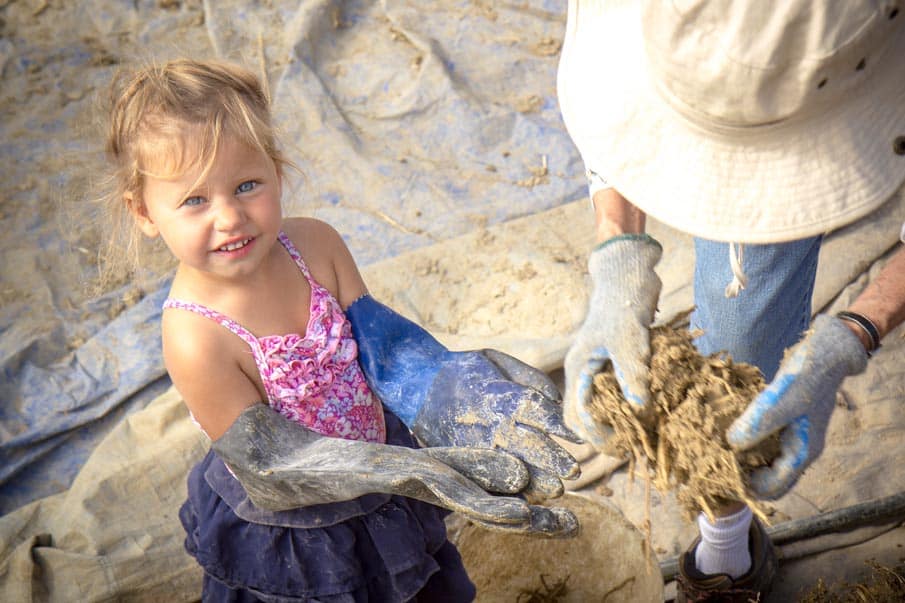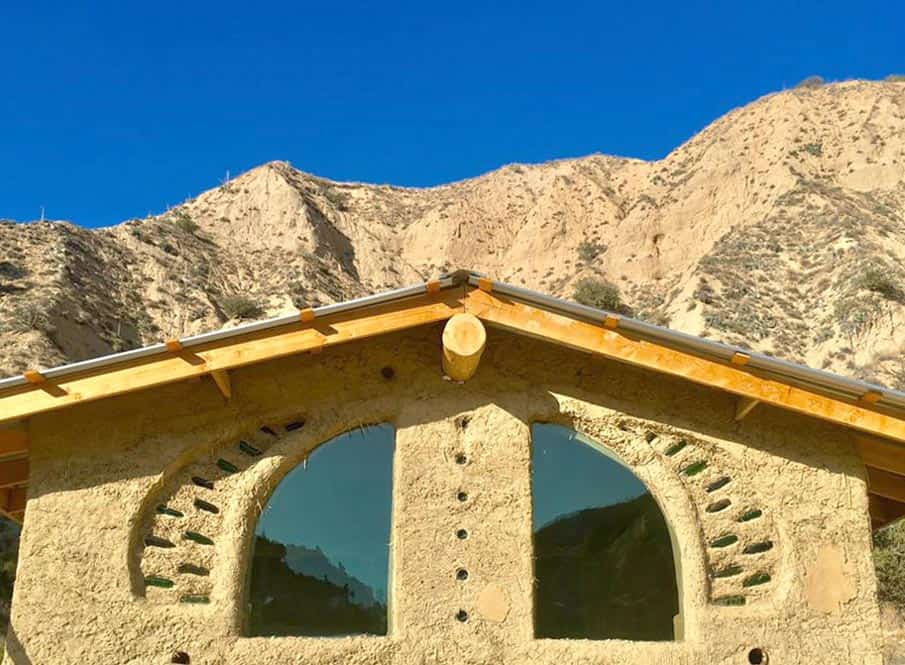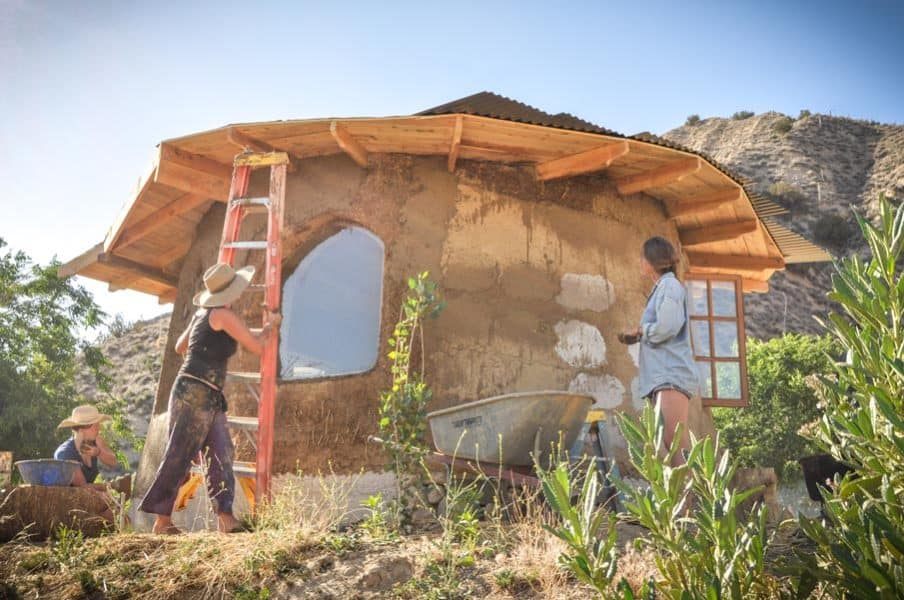We believe in climate-resilient and dignified housing for all. This year, Quail Springs is playing a key role in the movement to make earthen building legal and accessible to everyone. We’ve already taken the first steps to establish our site as a fully permitted world-class demonstration center, featuring legal, fire-safe, low-carbon-footprint earthen buildings.
Now is a critical time to help move this work forward! This fall, Quail Springs is launching a campaign to raise $100,000 to help legalize earthen building.

Last year, in partnership with Cal Poly, Quail Springs began official earthquake testing on earthen walls to create pathways for permitting and accessibility. Just a few weeks ago, the Cob Code ("cob" is a type of earthen building) passed the International Code Committee by a vote of 94%! Soon it will go up for the next and final level of voting. The momentum is building!
Together we can expand education and access to climate-resilient earthen building.
As we move forward, we will continue to focus on youth programming, drylands farming, and watershed stewardship, even as our emphasis on earthen building policy grows. Thanks to your support of our scholarship fund, no person is turned away from our powerful youth and adult programming for lack of funds. From the bottom of our hearts, thank you.

You can further this important work by supporting us to:
- Collaborate with local governments to shift building codes for our changing climate
- Conduct essential fire and earthquake testing on earthen walls
- Produce free and pre-approved earthen “tiny house” plans to promote affordable housing
- Expand access to impactful nature-based education for youth and adults
- Develop and fully permit our demonstration and teaching site
Thank you for joining us in creating more just and climate-resilient possibilities for our communities! With your support we can raise $100,000 this fall and take the next necessary steps toward making earthen building legal and accessible.
With gratitude,
Sarah Brooks and Daniel Aaron Francis
Co-Executive Directors, Quail Springs




Comments 6
Where are you constructing these affordable buildings in the USA? I hope they will be for the chemically and electrically sensitive!!!!!!! Thank you.
Author
Hi Frieda,
We are in Southern California. And yes, earthen houses can be built completely non-toxic.
Are you offering any workshops? I have a family of 5 that are trying to avoid and heal from mold and Earthen Buildings strike me as inherenty a great choice!
Author
Hi Dustin,
Yes, we are offering a cob building course in April: https://www.quailsprings.org/programs/natural-building/introduction-to-cob-building/
I live in central Canada (Winnipeg, to be exact), and we are Zone 3. Many gardeners are saying we are now closer to a Zone 4, with climate change. Anyhow, our summers are very hot, often between 80 and 90 Fahrenheit, while our winters are very cold, sometimes as cold as 30 to 40 below. There are days where our temperatures might vary between 20 to 30 degrees, yes, in one day! So… are these types of buildings a reasonable alternative in a climate with such extremes? And do you know of any builders in Canada?
Author
Hi Sandy!
I’ve forwarded your question onto our builders and hopefully they can give you more info. But from my knowledge, in that climate you might want to look into a straw bale structure which provides insulation instead of cob which is a better thermal battery. Cob walls will absorb whatever temperatures they’re exposed to and then slowly release that stored temp into the house, which is great for us in the high desert where it’s cold at night and hot in the day fairly consistently throughout the year. Cob walls in your extreme winters would make it really hard to heat your house since your heater/stove would be be fighting that stored chill in the walls all winter. Straw bale exterior walls would help insulate against the cold outside and cob interior walls near your wood stove would help absorb its heat and continue to radiate it after the fire is out. Myself, I don’t know any Canadian builders but if you’re wanting to hire a builder for a project, they’re often willing to travel.
I hope that helps!